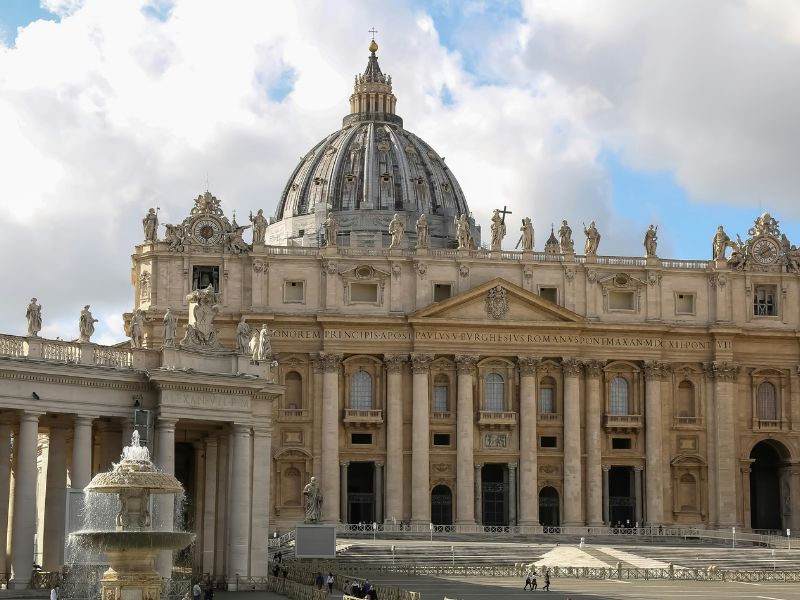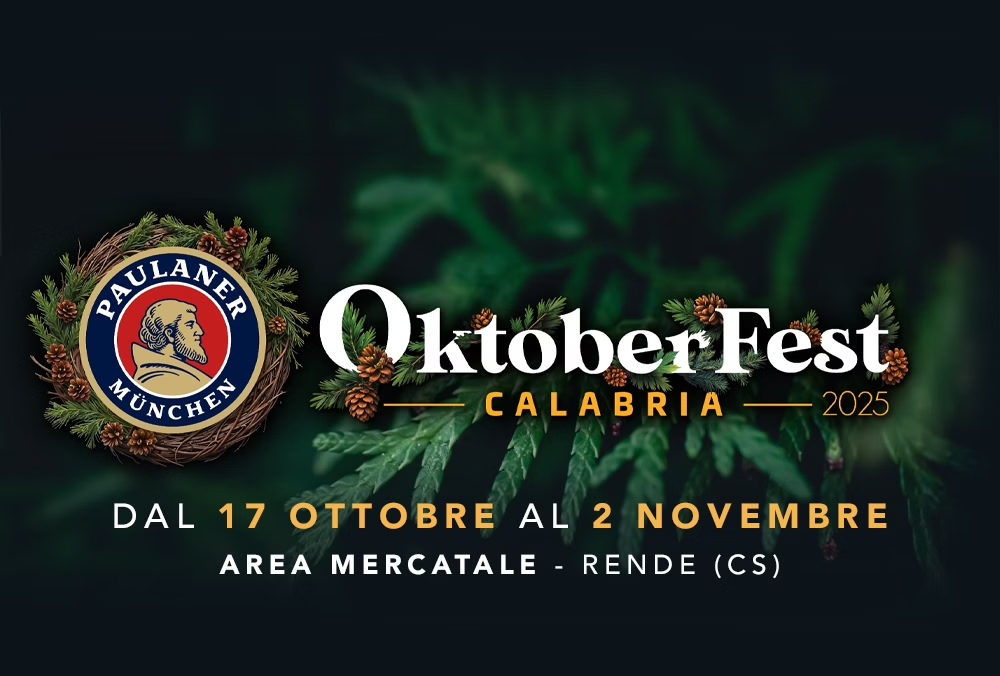Rome, the Eternal City, is a real treasure chest full of historical and artistic treasures, with every street and every square telling stories of bygone eras. Among its countless gems, Roman churches have a prominent place, witnesses of centuries of faith, art and architecture. These sacred structures are not just places of worship, but also masterpieces that offer a unique glimpse into Rome’s rich cultural history. Among the many churches spread around the city, three of them stand out for their exceptional historical, artistic and spiritual importance, making them essential stops for anyone who wants to immerse in the essence of the Italian capital. Let’s discover these three must-see gems together.
St. Peter’s Basilica
St Peter’s Basilica is perhaps the most famous church in the world and a universal symbol of Christianity. Located in Vatican City, the Basilica is the heart of the Catholic Church, as well as the official Pope’s residence. This magnificent building, designed by some of the greatest Renaissance architects, such as Bramante, Michelangelo and Bernini, is a masterpiece of art and engineering. The majestic dome, realized by Michelangelo, dominates Rome’s skyline and offers a breathtaking panoramic view of the city. Inside, visitors can admire priceless treasures such as Michelangelo’s Pieta and Bernini’s imposing baldachin. St. Peter’s Basilica is a place of pilgrimage visited by millions of religious travelers every year, but also a must-see for all lovers of art and history.
Archbasilica of Saint John Lateran
The Archbasilica of Saint John Lateran is Rome’s cathedral and the official ecclesiastical seat of the Pope as the Bishop of Rome. Founded by Emperor Constantine in the 4th century, this church is the oldest Christian Basilica in the world and holds the title of “Mother and Head of all Churches in the City and the World”. The Basilica has undergone numerous restorations over the centuries, but it has always retained its central role in the history of the Church. The interior, magnificently decorated with frescoes, mosaics and statues, is a perfect example of sacred Baroque and Renaissance art. A particular point of interest is the Pontifical Sanctuary of the Holy Stairs, which according to Christian tradition is the staircase crossed by Jesus to reach Pontius Pilate’s trial room, brought to Rome in the fourth century by Saint Helena, mother of Constantine.
Basilica of Santa Maria Maggiore
The Basilica of Santa Maria Maggiore is one of the four papal basilicas in Rome and the largest church dedicated to the Virgin Mary in the city. Located on the Esquiline hill, this Basilica is famous for its 5th-century mosaics, which represent some of the oldest Christian images in the world. The Basilica combines architectural elements from different eras, from early Christian to Baroque, offering a fascinating journey through the history of sacred art. Among its wonders we find the Sistine Chapel, not to be confused with the most famous Vatican chapel, is a masterpiece of Roman Baroque. The Basilica is also famous for its gilded ceiling, made from gold brought back from America by Christopher Columbus.
How to reach the three Churches from the BV Oly Hotel
Located in the EUR – San Paolo district, the BV Oly Hotel is a strategic location to explore the wonders of Rome. It’s very easy to reach these three basilicas with the Basilica San Paolo subway station, just 10 minutes away from the hotel.
- St Peter’s Basilica: Take the subway, line B, from the “Basilica San Paolo” station, get off at Termini station and take the A-line, direction Battistini. Get off at the “Ottaviano-San Pietro” stop and follow the signs for the Basilica.
- Archbasilica of Saint John Lateran: Take the subway, line B, from the “Basilica San Paolo” station and get off at the “Colosseo” stop. From there, take a bus or walk for about 15 minutes to the Basilica.
- Basilica of Santa Maria Maggiore: Take the subway, line B, from the “Basilica San Paolo” station and get off at Termini station. The Basilica is a just few minutes walk from the station.
Exploring these three magnificent churches will not only expand your understanding of Rome’s history and art, but will also offer you a unique spiritual experience






